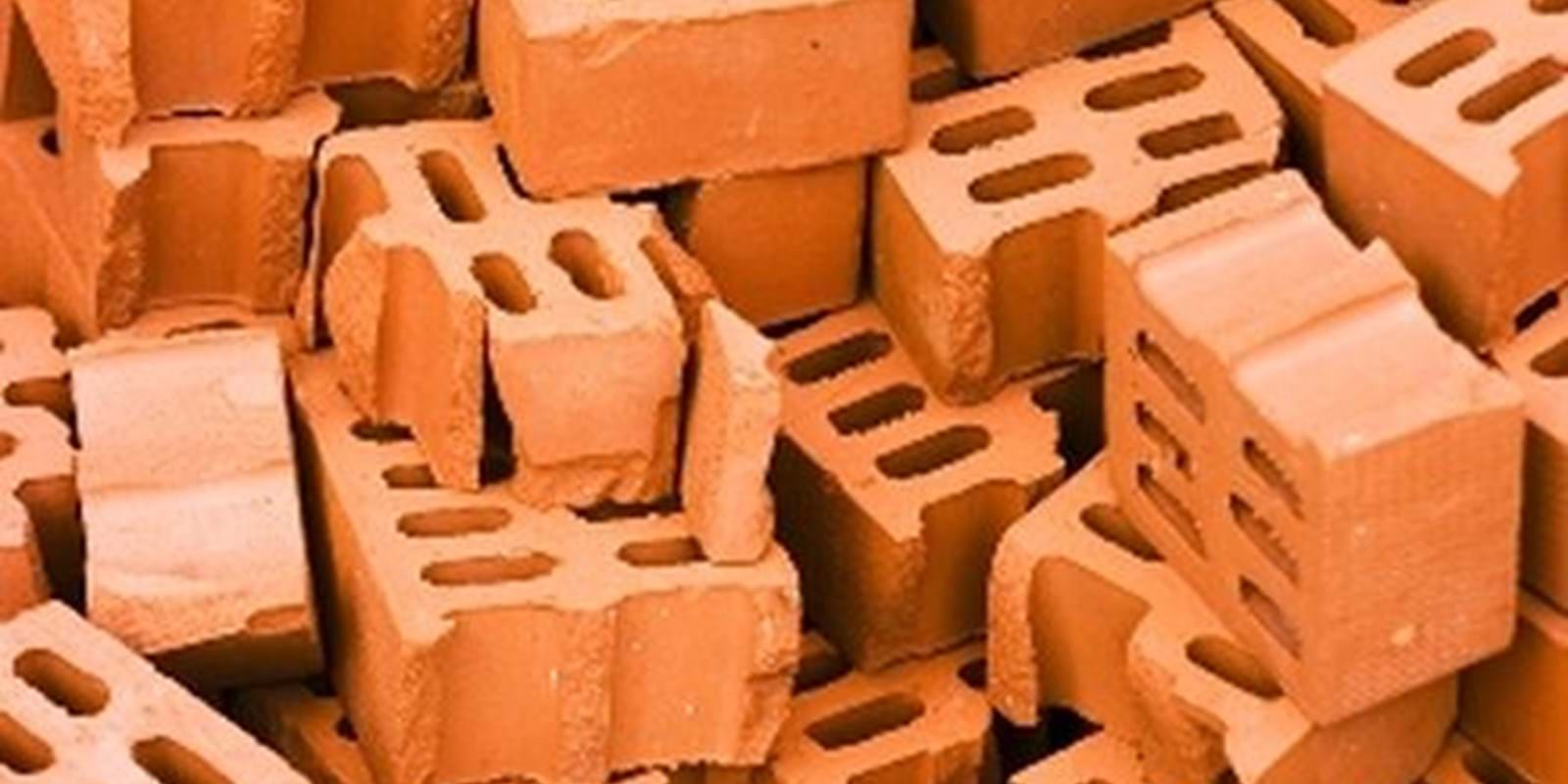The Corporation des maîtres mécaniciens en tuyauterie du Québec / Corporation of the Master Mechanics in Plumbing of Quebec (CMMTQ) makes it a point of reminding us that the best means of protecting a building against overflow from sewers is to install non-return valves. They contain an obturator (a shutter) that blocks the overflow of used water coming in from the overloaded municipal sewers.
There are two categories of non-return valves and each one is subjected to certain restrictions of installation:
• normally CLOSED: the obturator, attached from the top, hangs in closed position and opens more or less according to the used-water drive coming from inside;
• normally OPEN: the obturator, attached from the bottom, rests flat, in completely open position, as long as there is no overflow. This one is reserved for one-family residences.
How do you know if your building is protected?
In certain cases, when the valve is installed near the main exit of your sewer plumbing, it can be quite easy to see the access panel to it. Should that not be the case, then it is better to ask for the assistance of a specialist who will be able to recognize them and install them, if it is necessary. Consult the www.cmmtq.org website, under Répertoire des membres to find a qualified plumbing contractor.
In case the building would not be equipped with them, one should not hesitate to have them installed as soon as possible in order to protect yourself against major inconvenience and expensive damage.
Where to install the valve(s)?
Chapter III - Plumbing of the Quebec Building Code specifies that a non-return valve can be installed in a building drain only if it is of the normally open type and if it serves one dwelling only. Therefore, if the building consists of more than one housing, like a duplex, a triplex, a residential dwelling or any other type of building, the non-return valves must be installed on the connections with the building drain serving the appliances, or on their siphon branches, which are found beneath the street level, in the basement.
To inspect in order to prevent
From a preventive point-of-view, the CMMTQ recommends to all the owners to check or to have verified, at the beginning of the summer season, the functioning and the waterproofness of the non-return valves. It can happen, in the long last, that the matter which passes through the waste pipe of used water leaves sediments, more particularly where there are obstacles. Such is the case, inter alia, with a normally closed obturator where hair and other remains can accumulate which will prevent the hermetic closing of the obturator against its seat. The possibility of sediment accumulation is smaller in the case of a normally open obturator, but it is not impossible that remains can, there too, prevent a completely hermetic closing in the event of overflowing.
In addition, it is wise to make sure that, in the case of a metal non-return valve, the obturator and the seat have not been affected by corrosion. Sediments and corrosion are factors which limit the waterproofness of a device which is supposed to ensure an absolute protection against overflowing sewers.

